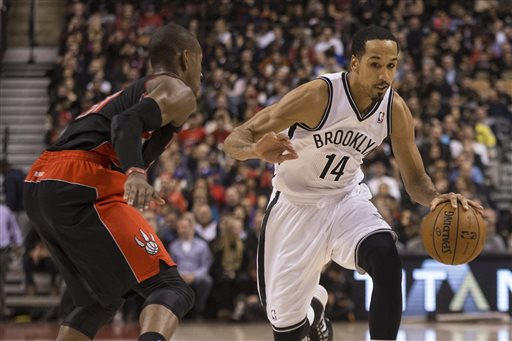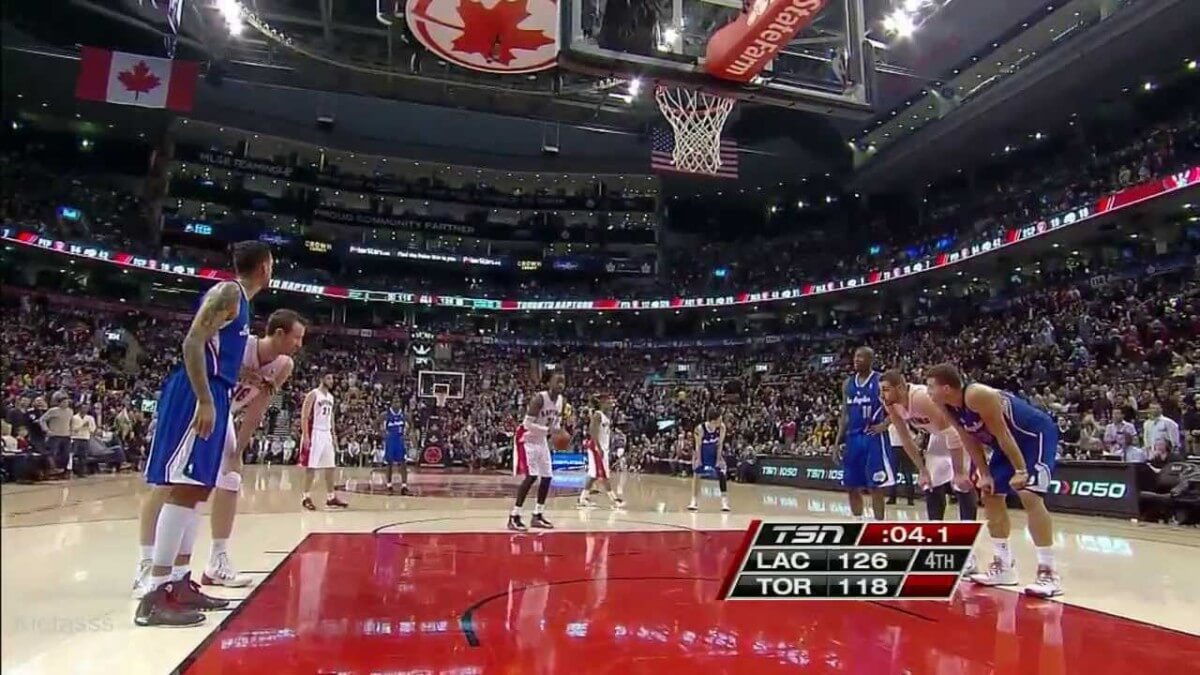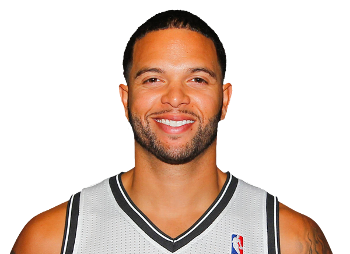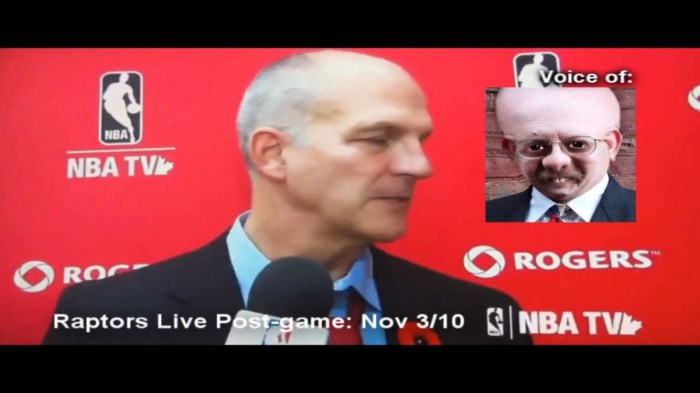
By the numbers
Shaun Livingston: 76 G, 54 GS, 26.0 MPG, 8.3 PPG, 3.2 RPG, 3.2 APG, 1.2 SPG, 0.4 BPG, .483 FG%, .167 3P%, .827 FT%, 14.5 PER
Terrence Ross: 81 G, 62 GS, 26.7 MPG, 10.9 PPG, 3.1 RPG, 1.0 APG, 0.8 SPG, 0.3 BPG, .423 FG%, .395 3P%, .837 FT%, 12.0 PER
Breakdown
In a way, a battle between Livingston and Ross is a battle of two first-timers. Though Livingston is a seasoned veteran, he’s come into that role after a series of unfathomable hardships, and only after years of rehabilitation, short-term stops, and minimum contracts did Livingston end up in the ideal situation he’s in today. On the other side, the sophomore Ross has become a full-time starter after coming off the bench as a rookie, developing specific skills to fit in Toronto’s starting lineup.
Livingston’s in his first year as a full-time starter that’s not asked to do more than he needs. His role is sharp and understood: facilitate when Deron Williams plays off the ball, post up smaller guards once or twice per game, defend the opponent’s top perimeter scorer, cause havoc, confuse opponents, dunk when applicable. It’s resulted in the best season of Livingston’s career and one of the best stories in the NBA this season.
He’s much better with the ball in his hands than Ross, leading the NBA among all players — big men included — in points per possessions in the post and throwing together so many highlights that the mere phrase “Shaun Livingston, Doin’ Things” became a regular staple in our “The Morning After” posts. He’s also routinely guarded the opposing team’s best scorer, which might mean this matchup is more conceptual than direct: Livingston might spend the majority of his time hounding DeMar DeRozan or Kyle Lowry.
Ross and Livingston have similar spots in their team’s pecking order, but do their damage in different ways. The athletic Ross won the 2013 Sprite Slam Dunk Contest and participated in the 2014 iteration, but functions in Toronto’s offense as a three-point threat, firing five three-pointers per game taking over 54 percent of his shots from three-point range. The role works for Ross in Toronto’s starting lineup: he and Lowry are the team’s only two reliable outside shooters in their starting five.
Oh, he also scored 51 points in a game this season.
The two are an odd wash on offense: both fit perfectly into their respective team’s schemes, Ross as an off-ball wing shooter with occasional flair and Livingston as the stand-in facilitator and surprise attacker. I’d give Livingston the slight offensive edge, if any. But it’s defensively where the two separate: Livingston’s averaged a career-high 1.7 steals per 36 minutes, and led the Nets in steals plus blocks this season. Ross isn’t a slouch on the defensive end, but he’s not the game-changer or catalyst Livingston’s been.
Besides, Shaun Livingston is awesome. End of discussion.






















